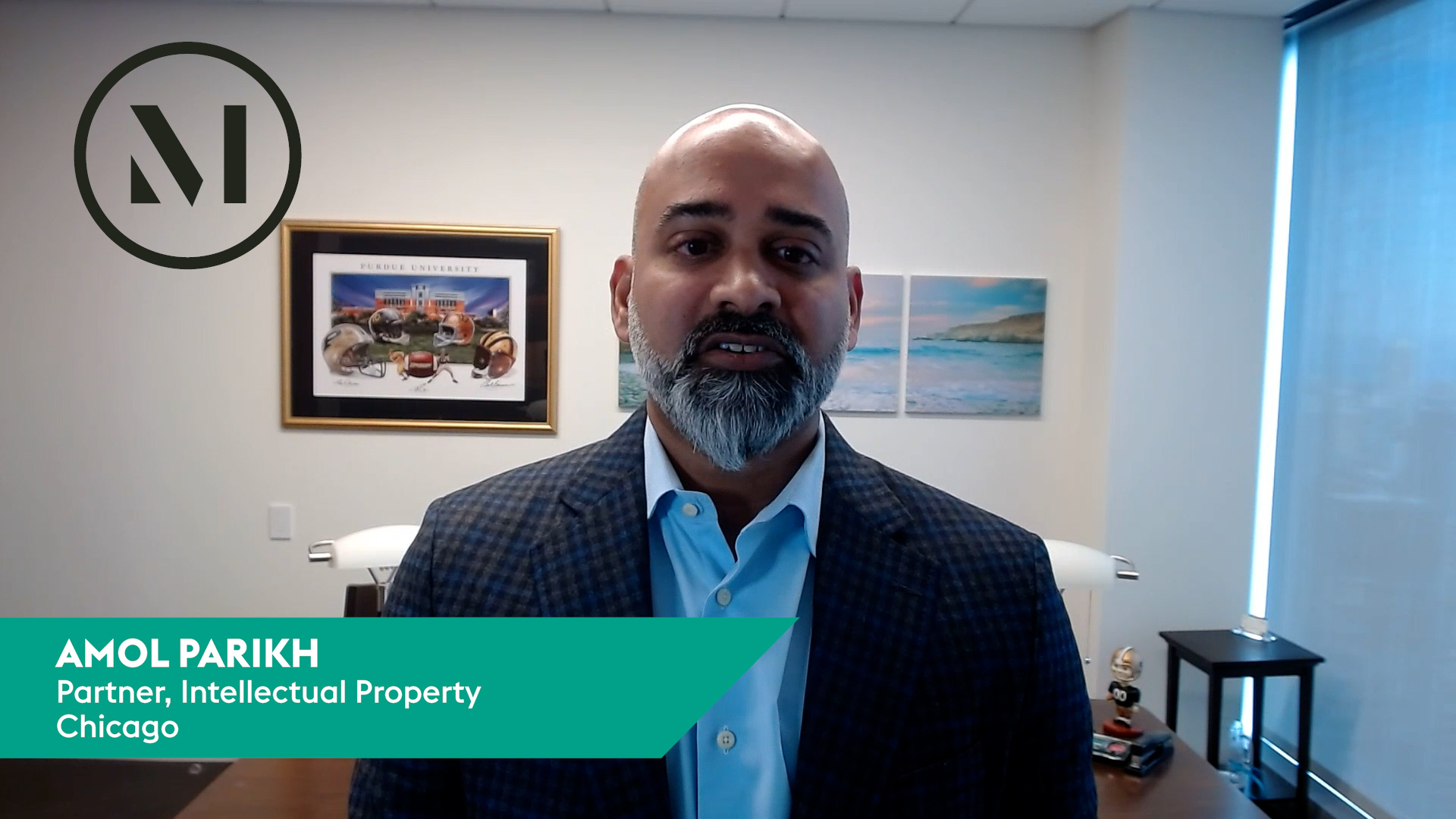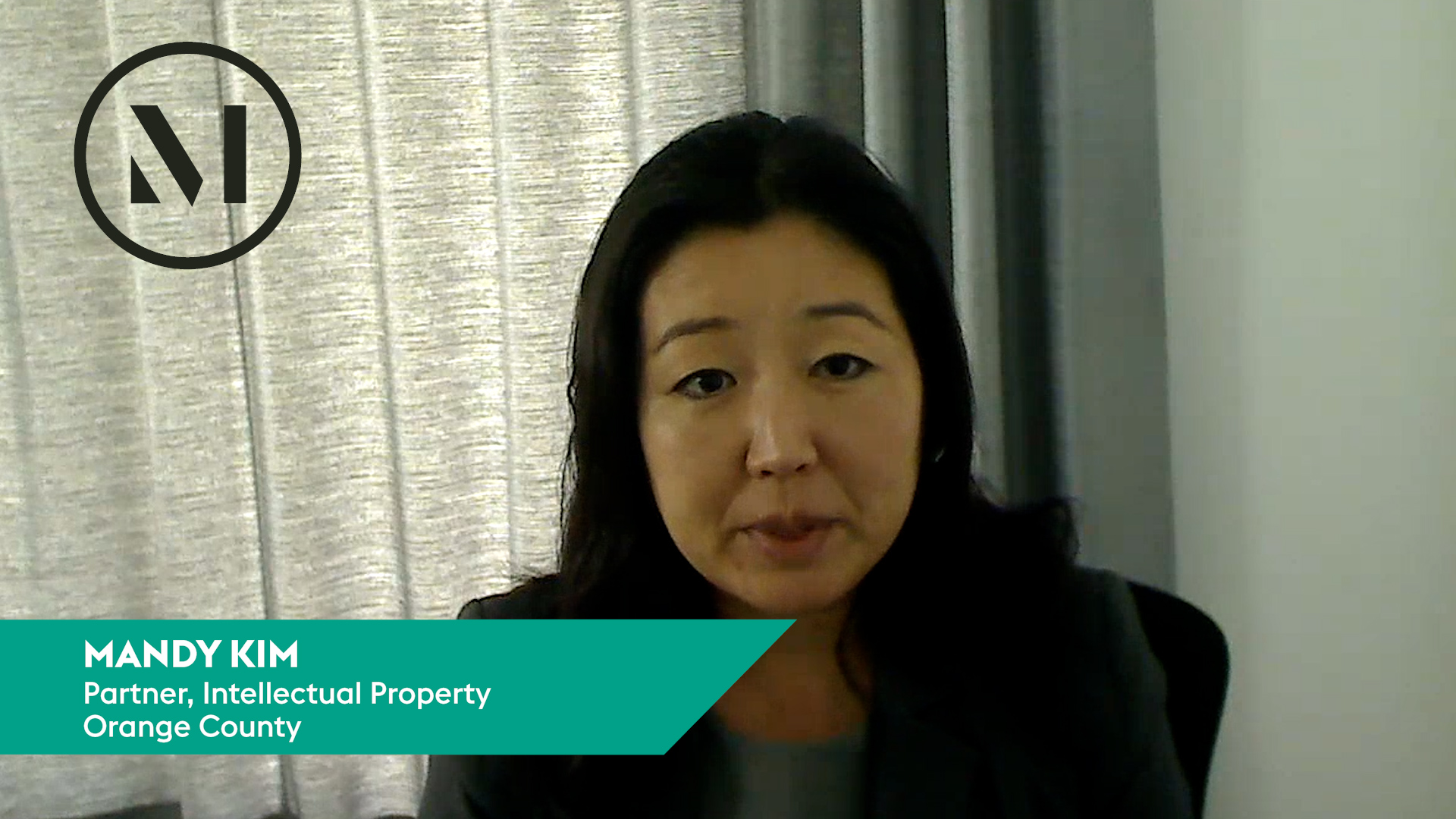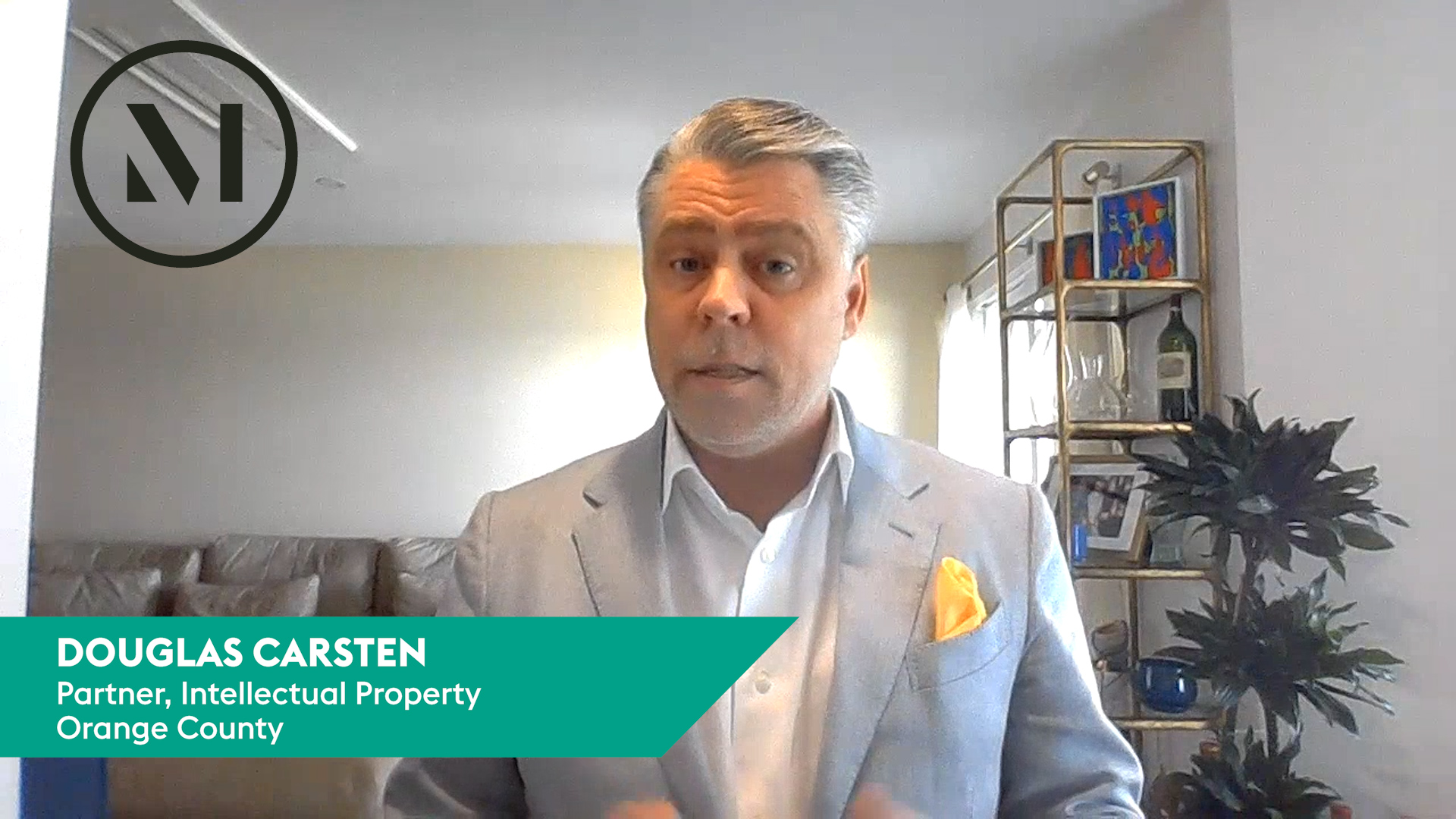The US Court of Appeals for the Fifth Circuit affirmed a district court’s infringement determination, finding that the copyright owner’s claims were timely since they were brought within three years of discovering the infringement. Martinelli v. Hearst Newspapers LLC, Case No. 22-20333 (5th Cir. Apr. 13, 2023) (Barksdale, Southwick, Higginson, JJ.)
In 2015, Sotheby’s International Realty commissioned Antonio Martinelli to photograph an Irish estate owned by the Guinness family. Martinelli took seven photographs of the property, and the property was subsequently listed for sale. On March 7, 2017, Hearst Newspapers used those commissioned photographs in news articles discussing the sale in various Hearst publications. Over the next few years, Martinelli learned about Hearst’s use of the photographs. For instance, on November 17, 2018, Martinelli learned about the use of the photographs in the Houston Chronicle, and between September 2019 and May 2020, Martinelli learned about further use of the photographs in the San Francisco Chronicle, the Times Union, the Greenwich Time, the Middletown Press and the Elle Décor website. Based on these uses, Martinelli sued for copyright infringement on October 18, 2021—more than three years after the initial publication but less than three years after Martinelli discovered the publication.
Hearst stipulated both to infringement and that Martinelli could not have discovered the use of the copyrighted photographs at an earlier time. Instead, Hearst argued that Martinelli was too slow in bringing his infringement action since, under 17 U.S.C. § 507(b), the action must be brought within three years of the infringement, regardless of a plaintiff’s knowledge or diligence. The district court disagreed, holding that § 507(b) follows the discovery rule, which means the limitations period only begins when the plaintiff knows or has reason to know of the injury. Hearst appealed.
Hearst argued that the district court’s decision ran afoul of the Supreme Court’s 2019 decisions in Petrella v. MGM and Rotkiske v. Klemm. According to Hearst, under Petrella and Rotkiske, the discovery rule cannot apply to § 507(b) and the limitations period starts “when the plaintiff has a complete and present cause of action.” The Fifth Circuit disagreed.
The Fifth Circuit began by explaining that unless unequivocally overruled by a Supreme Court decision, an en banc court or a change in law, it was bound by its 2014 decision in Graper v. Mid-Continent Casualty, which held that the limitations period starts running “once the plaintiff knows or has reason to know of the injury upon which the claim is based.” Since neither party asserted that there had been an en banc decision or a change in the law, the only question was whether Petrella or Rotkiske overruled Granger.
Since the Supreme Court explicitly refused to address whether the discovery rule applied to § 507(b) in Petrella, the Fifth Circuit refused to read Petrella as overruling Graper. Turning to Rotkiske, the Fifth Circuit noted the Supreme Court’s statement that “[i]f there are two plausible constructions of a statute of limitations, we generally adopt the construction that starts the time limit running when the [...]
Continue Reading
read more

 Subscribe
Subscribe





